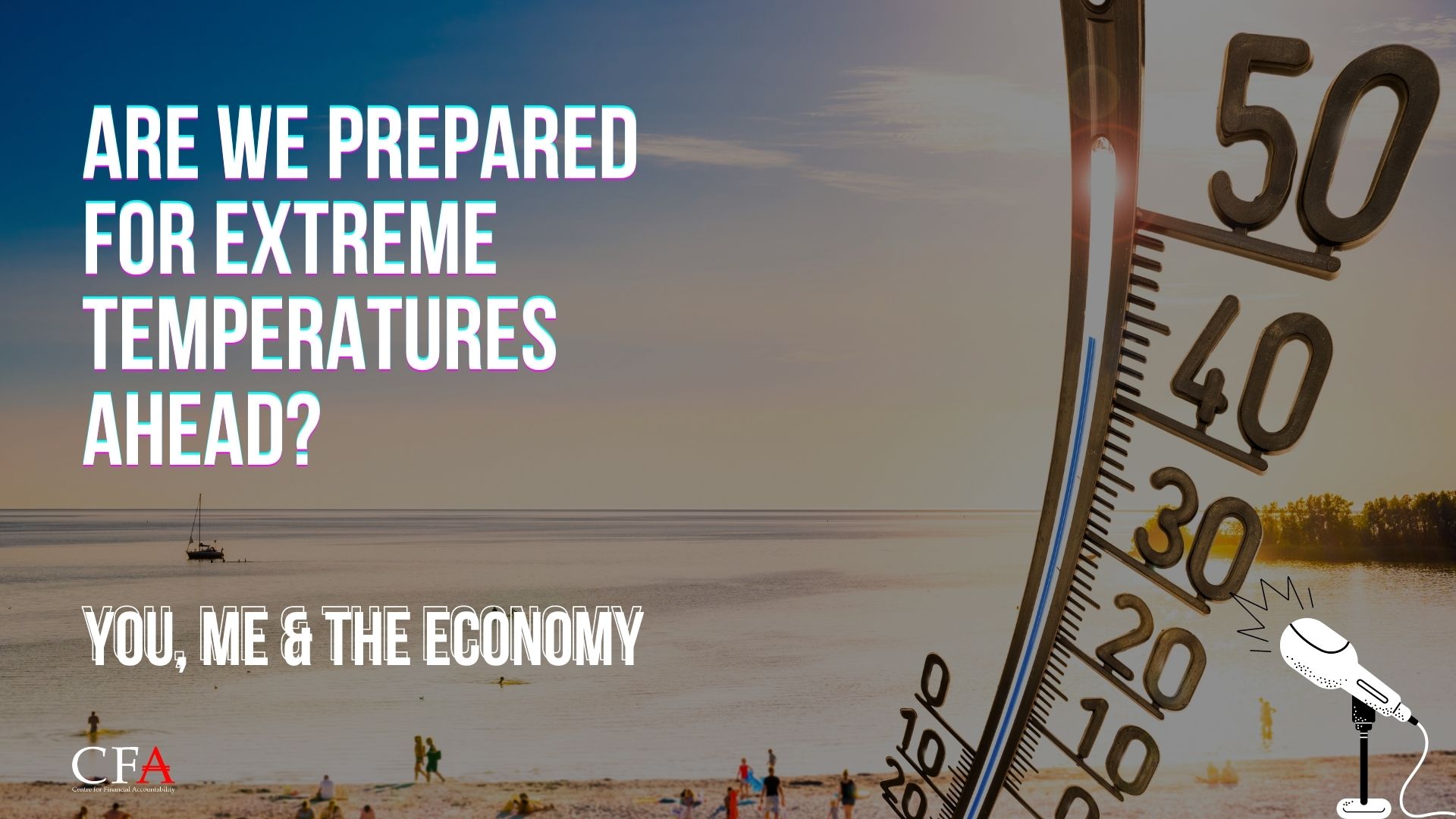India Meteorological Department has issued a heatwave warning for several states. The Delhi Govt has brought out guidelines for schools and other institutions. Similarly, the Bengal Govt has advanced the summer vacations for schools in the wake of the rising heat. Additionally, IMD has also predicted a 70% probability of El Niño during the months of June, July and August. El Niño is a climate phenomenon when the surface water of the Pacific Ocean warms up unusually. It could result in rainfall deficit and draught in several countries, including India. This certainly raises concerns about the impacts it could have on sectors like agriculture and the resulting inflation due to the demand-supply gap, along with a possible rise in malnutrition and the situation of the general economy. This has happened before. From the year 2001 up to 2020, India has experienced 7 El Niño years, four out of them leading to drought.
Is climate change behind it? Last year, too, we saw temperatures in March rise to the highest in a hundred years. This was followed by scalding heat waves. Year after year, there is growing evidence that a sustained transformation in the weather patterns is taking place, because of climate change. These effects have been felt all over the world.
At present, several regions in Maharashtra, Telangana, Madhya Pradesh and Odisha have already experienced temperatures of 40 to 42 degrees Celsius. The World Bank came out with a report last year that predicted a rise in heat wave in India that could break the human survivability limit.
This is not the time to sit and watch. What are our plans?
Apart from the actual threat of human survivability, heatwaves can also create conditions of drought, impacting crop production. And in some places, it results in flooding, because the dry soil cannot absorb the rainfall. The rising heat also puts extra pressure on our fossil fuel consumption and production.
In terms of human labour, the impacts could be devastating. The same World Bank report titled “Climate Investment Opportunities in India’s Cooling Sector” also said that India could suffer a loss in its GDP to the tune of 2.5 per cent to 4.5 per cent by 2030 from only lost labour hours due to extreme heat and humidity conditions. More than half of our population depends on agriculture for their subsistence, the rising heat also means, less production, coupled with a loss of jobs. The heatwaves aren’t going to just affect crop production, but the production of fruits, vegetables, and animal products. This, in turn, would naturally lead to inflation,
What we need immediately is pumping money into social welfare schemes that would give direct relief to a majority of people. Think of NREGA, the funds for which were cut down drastically in this year’s budget. When agriculture production drops, people would seek jobs elsewhere, and in such a situation, NREGA could be a lifeline for lakhs of people in villages. Similarly, NREGA-like scheme needs to be extended to urban areas, guaranteeing a minimum number of work days for the urban poor. So ideally, the number of days in NREGA should have been increased. So that people get at least something to survive the harsh summers. Instead, the Govt went for budget cuts and a compulsory digital attendance system which is making people lose their days and wages. The ongoing NREGA worker’s protest in the capital is a testimony to the fact of how inadequate these measures are.
We need a people-centric strategy to battle these heatwaves and not just for this summer. We need to invest in a long-term strategy to mitigate the adverse effects of climate change that India is bound to be facing.
Thank you for listening to You, Me and the Economy. Now you can listen to this podcast on your favourite podcast app; find us on Spotify, Amazon Music, Google Podcast, and Hubhopper!
Centre for Financial Accountability is now on Telegram. Click here to join our Telegram channel and stay tuned to the latest updates and insights on the economy and finance.

